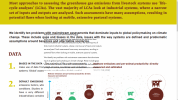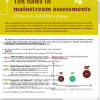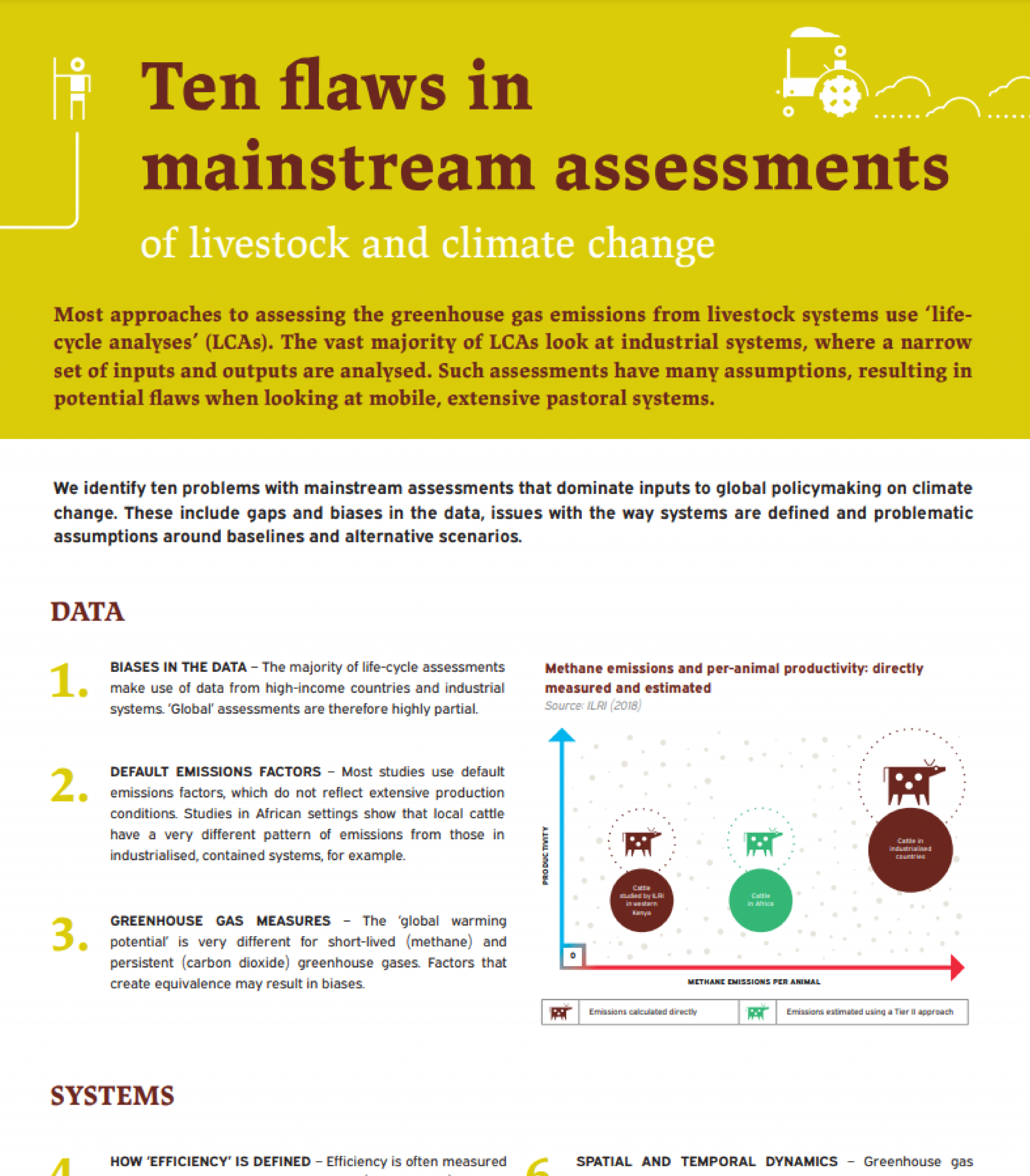
Ten flaws in mainstream assessments of livestock and climate change
Core resources
Republished from and downloadable here.
Most approaches to assessing the greenhouse gas emissions from livestock systems use ‘lifecycle analyses’ (LCAs). The vast majority of LCAs look at industrial systems, where a narrow set of inputs and outputs are analysed. Such assessments have many assumptions, resulting in potential flaws when looking at mobile, extensive pastoral systems.
We identify ten problems with mainstream assessments that dominate inputs to global policymaking on climate change. These include gaps and biases in the data, issues with the way systems are defined and problematic assumptions around baselines and alternative scenarios.
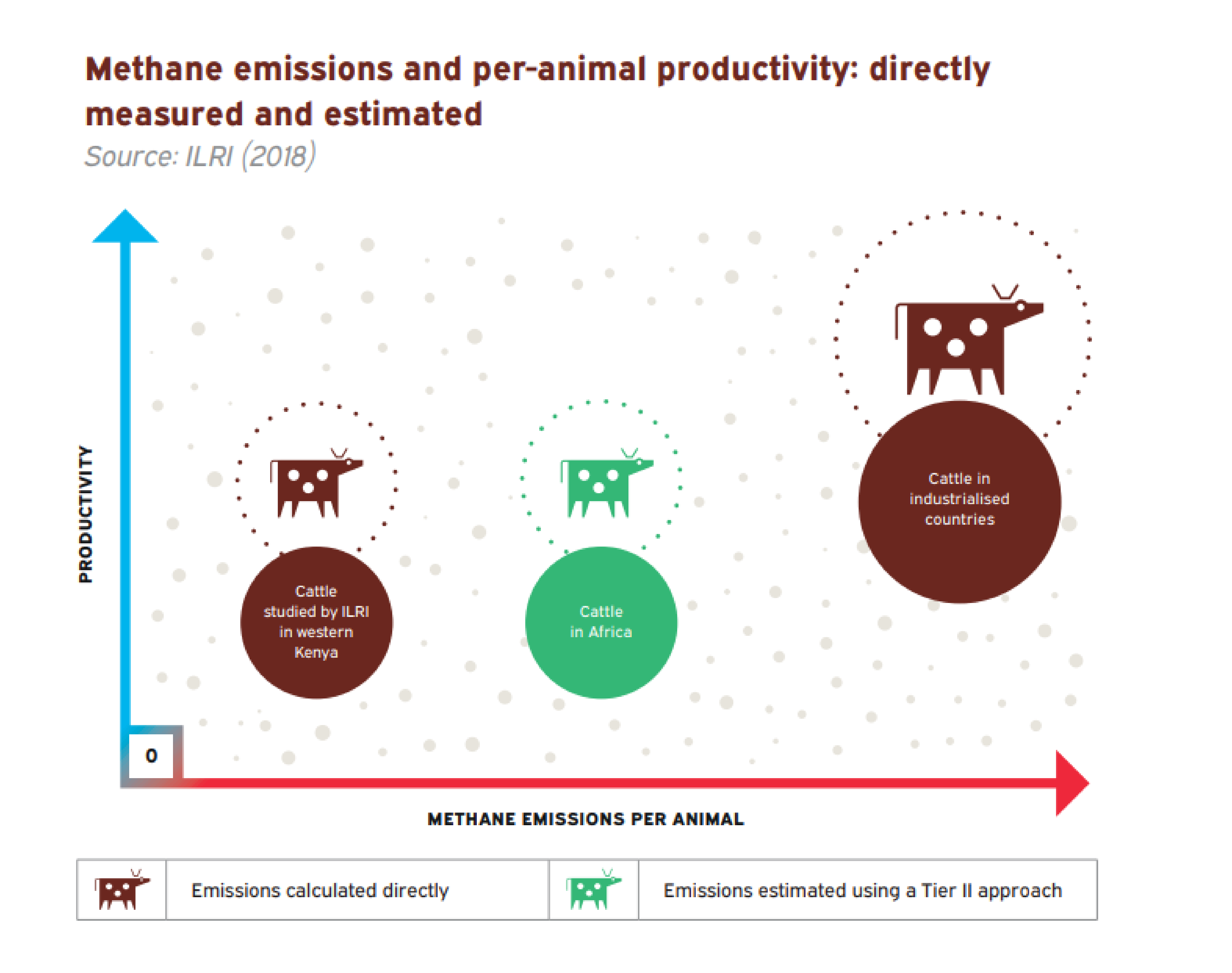
1. DATA BIASES IN THE DATA – The majority of life-cycle assessments make use of data from high-income countries and industrial systems. ‘Global’ assessments are therefore highly partial.
2. DEFAULT EMISSIONS FACTORS – Most studies use default emissions factors, which do not reflect extensive production conditions. Studies in African settings show that local cattle have a very different pattern of emissions from those in industrialised, contained systems, for example.
3. GREENHOUSE GAS MEASURES – The ‘global warming potential’ is very different for short-lived (methane) and persistent (carbon dioxide) greenhouse gases. Factors that create equivalence may result in biases.
4. HOW ‘EFFICIENCY’ IS DEFINED – Efficiency is often measured in terms of emissions per unit of output (milk or meat), but this does not take account of the multi-functional use of livestock and land.
5. LIVESTOCK AND THE CARBON CYCLE – Carbon sequestration can be significant in extensive systems with light grazing. Such systems may be in balance or seasonally negative, meaning that livestock here may not be net contributors to emissions.
6. SPATIAL AND TEMPORAL DYNAMICS – Greenhouse gas emissions are highly variable over space and time in extensive systems. This requires much more focused mitigation measures compatible with livestock-keepers’ practices.
7. ECOSYSTEM SERVICES – Assessments that stop at the boundary of the farm can miss the wider contributions of extensive livestock production to biodiversity and to environmental and landscape improvements.
8. ALTERNATIVE LAND USES – Abandoning livestock in favour of ‘rewilding’ or ‘land-sparing’ initiatives may not have the expected benefits. Tree planting, for example, may not be as beneficial as sustaining grasslands for carbon sequestration, especially in dryland and montane environments.
9. NICHE REPLACEMENT – If livestock are removed, areas will be filled by other species, including wild ruminants and termites. Emissions may even increase, or the reductions can certainly be much less than predicted.
10. DIET AND CONSUMER CHOICE – Major dietary shifts may undermine nutrition of vulnerable populations, particularly in the early years of life. Animal source foods provide high-density protein and important nutrients.
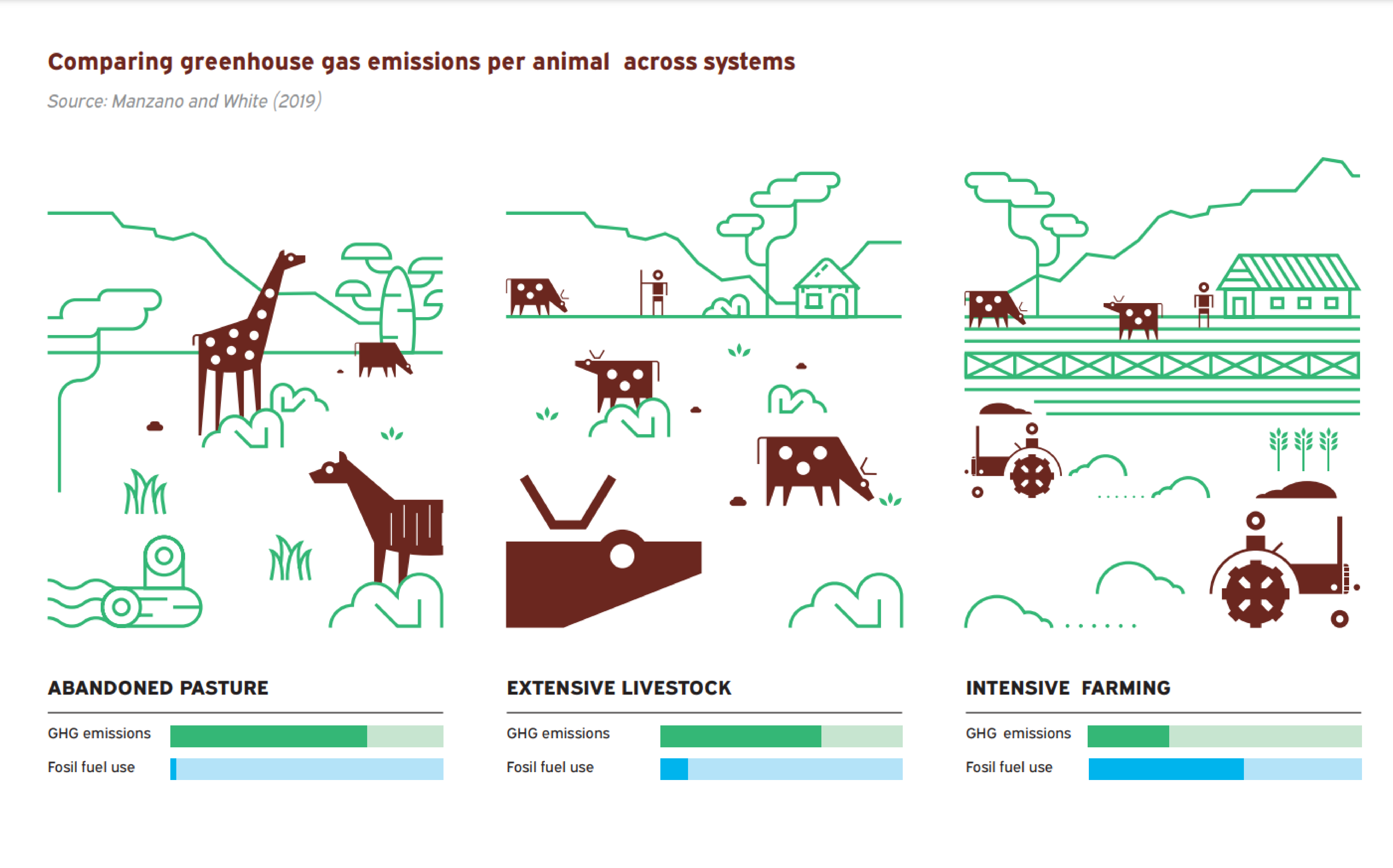
Extrapolating across different livestock production systems and drawing ‘global’ conclusions can be very misleading. When conducting life-cycle assessments and generating recommendations for policy, the biases and assumptions in the approach must be taken into account.
Industrial livestock production is often highly polluting and concentrates power in the food system. By contrast, extensive livestock systems, including mobile pastoralism, can have substantial benefits, both for people and the environment.
